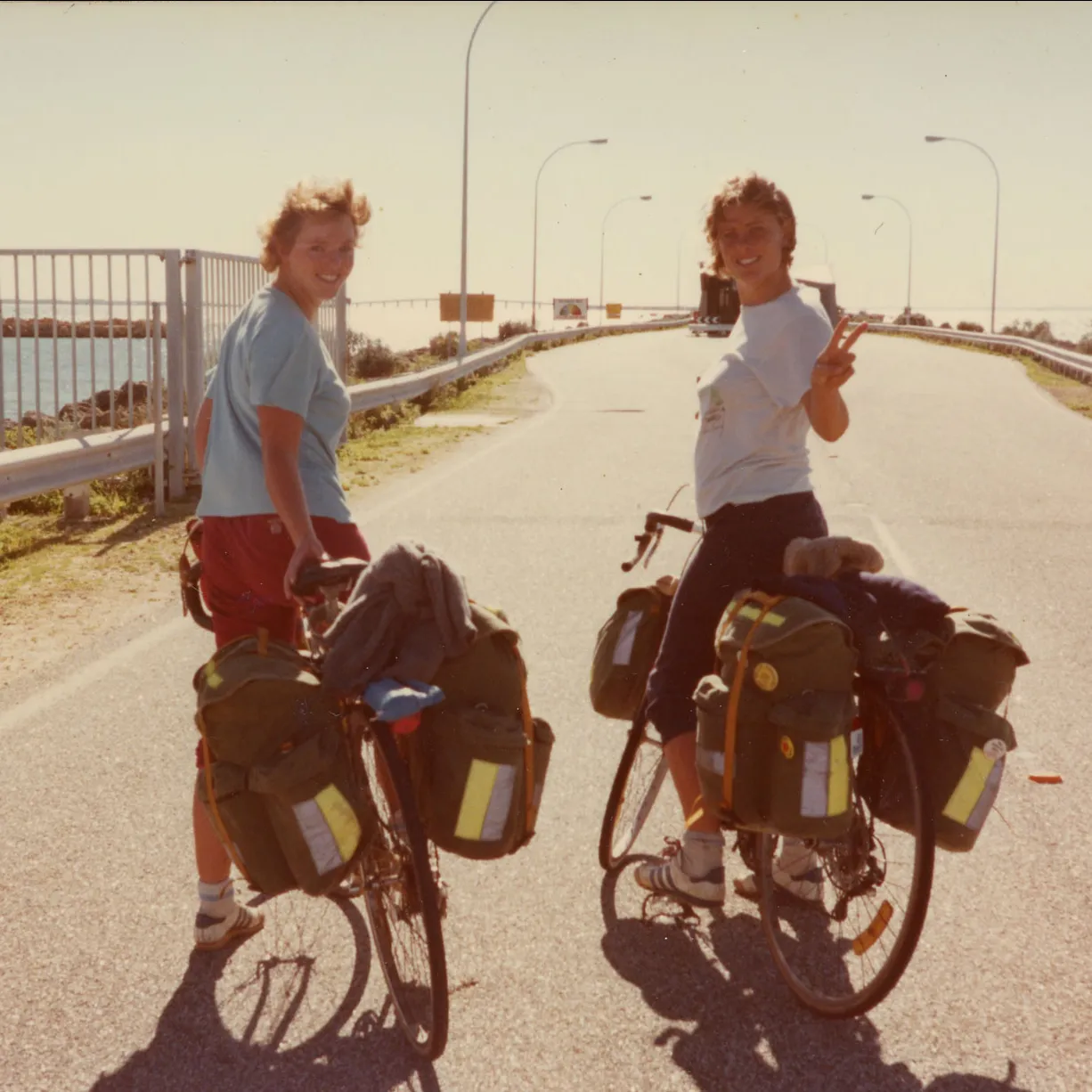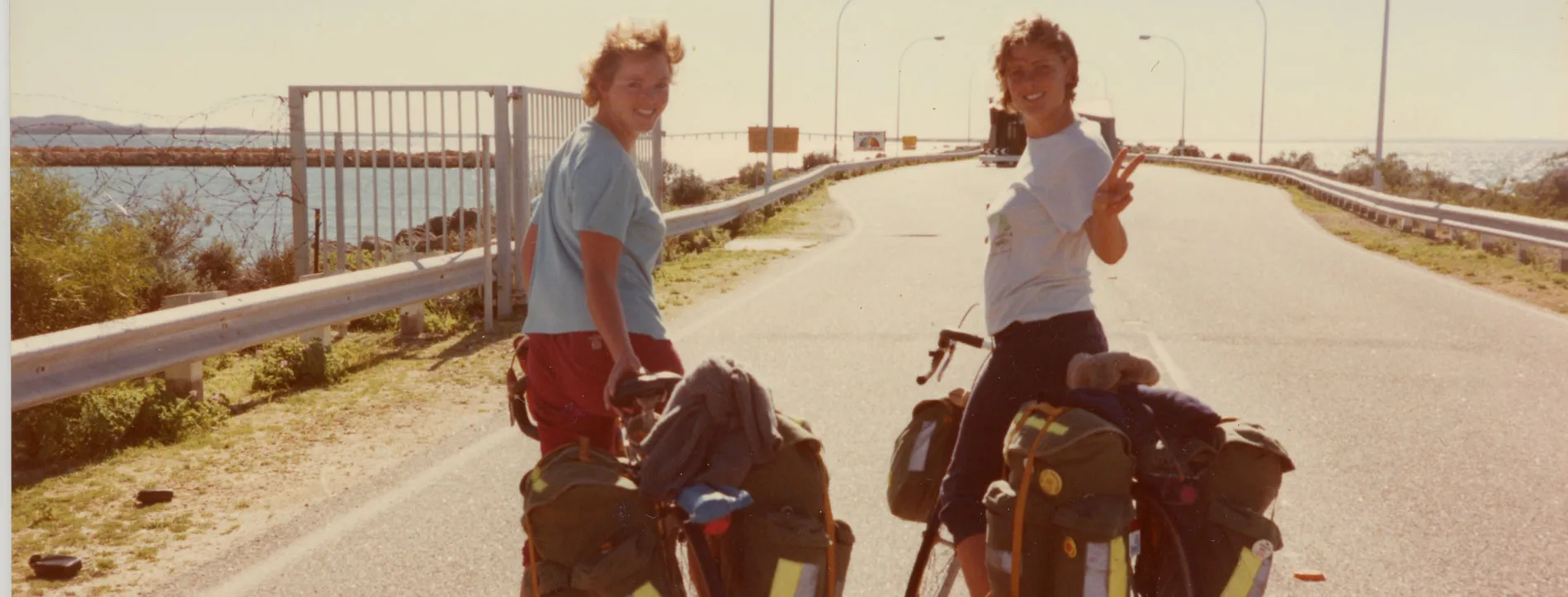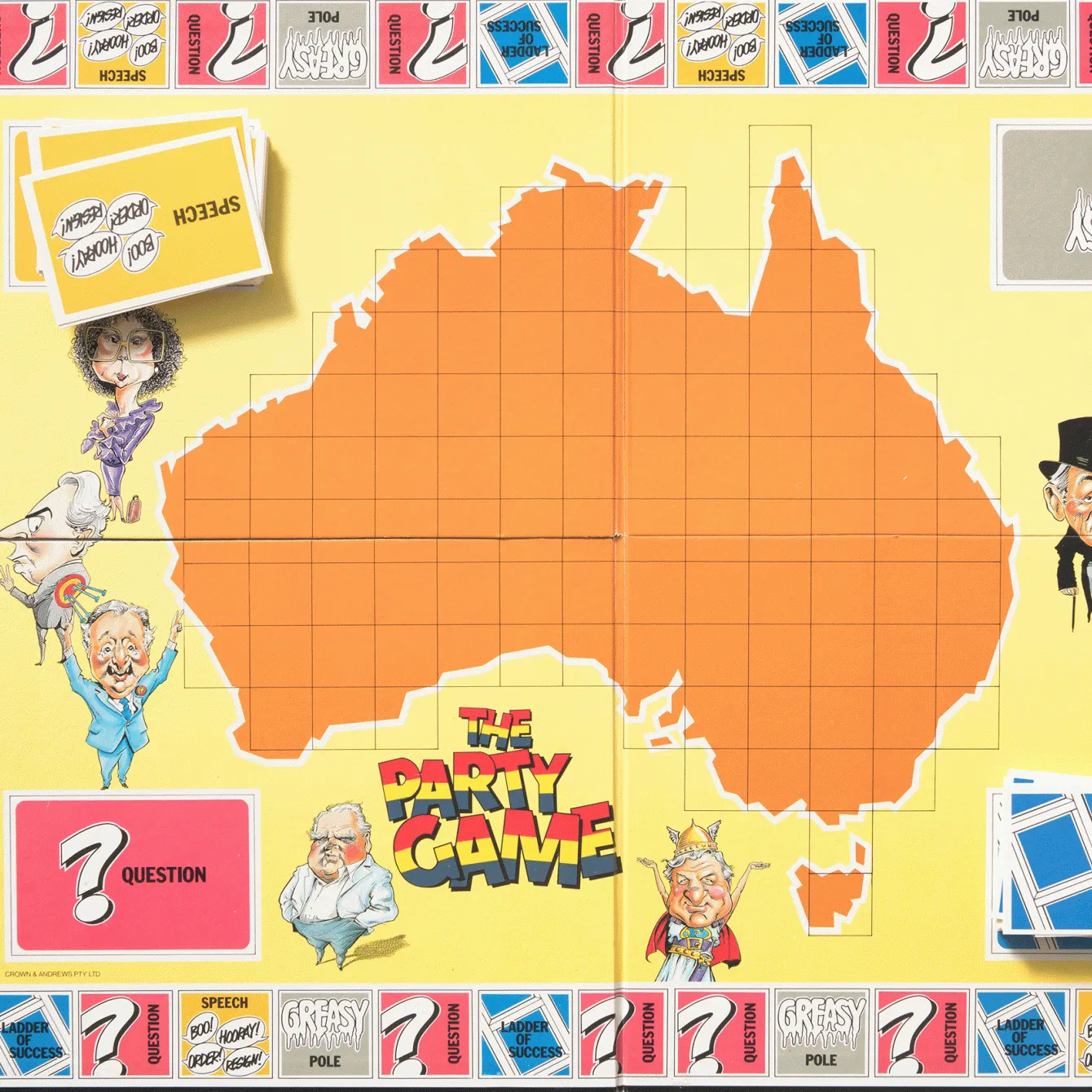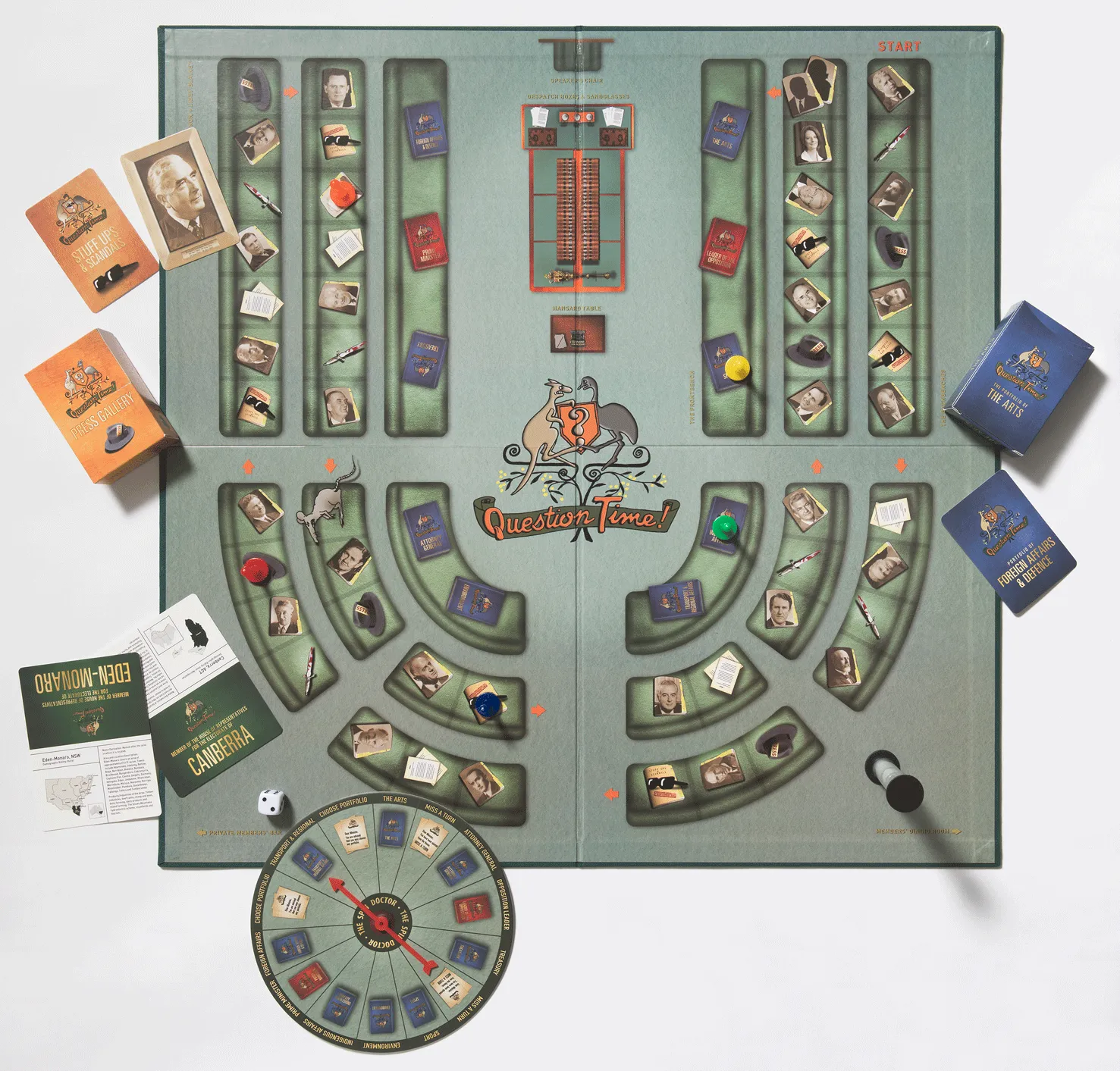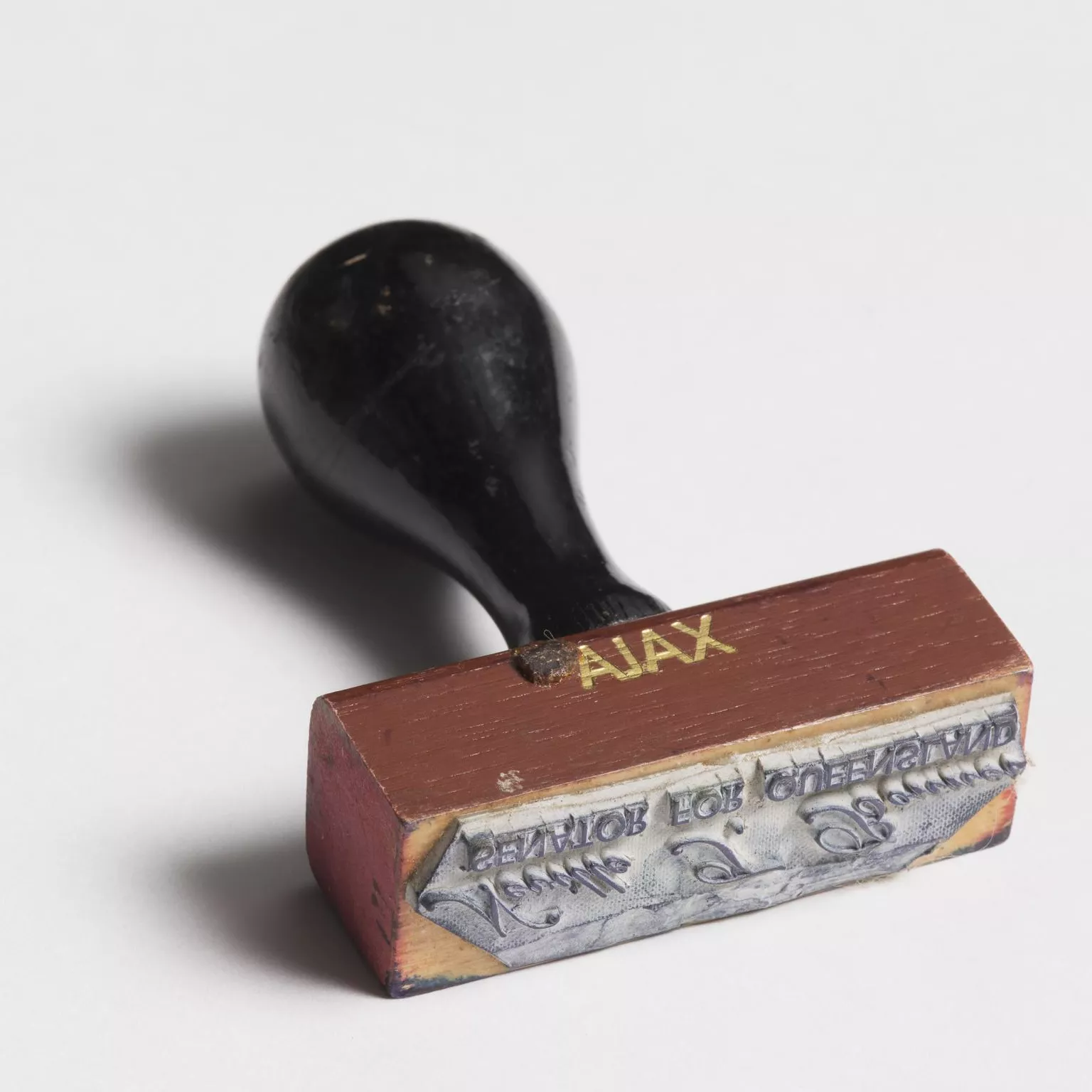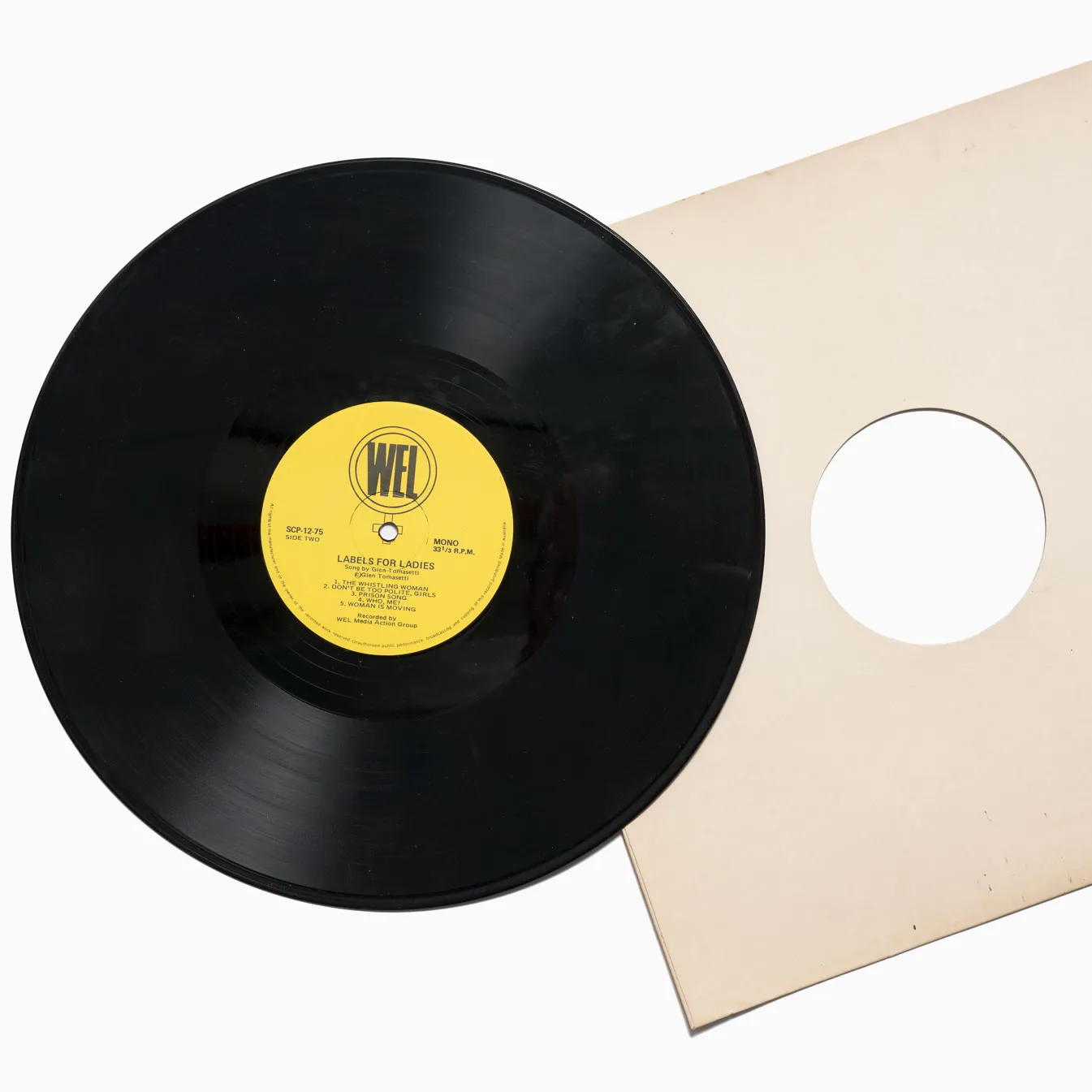'Bike Ride for Peace' bike seat
How many kilometres would you cover for a cause?
In 1985, Shé Hawke and Lise Kelly embarked on an epic 'Bike Ride for Peace' from Sydney to Perth. This well-worn seat, from Shé's bike, is a reminder and memento of the 5000 km journey.
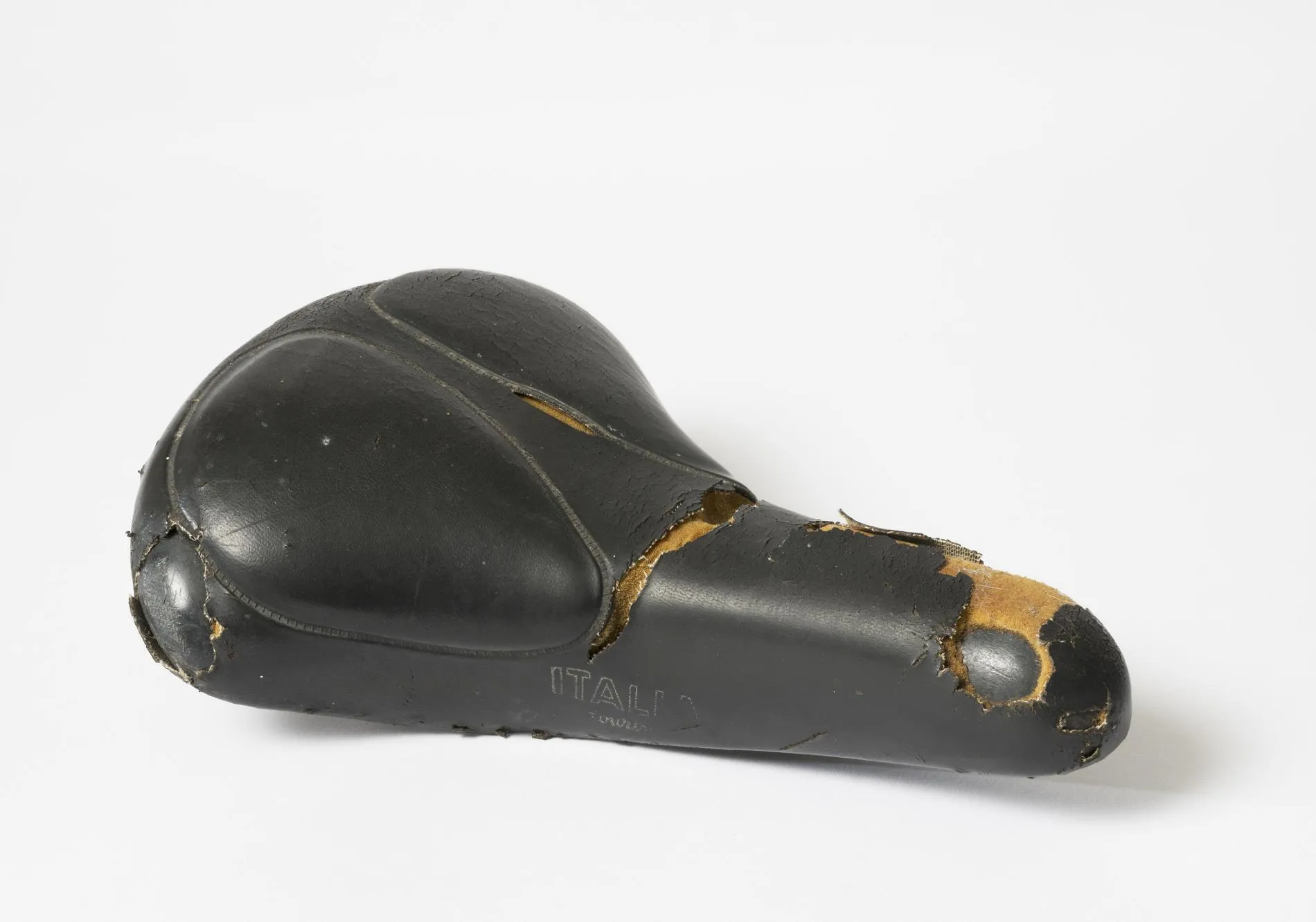
Shé Hawke's bike seat from the 'Bike ride for Peace' she and Lise Kelly undertook in 1985.
Shé and Lise became passionate about nuclear disarmament after travelling to Europe in their early 20s. On returning home to Australia, they were keen to have their voices heard and make a difference despite being, in Shé’s words, 'ordinary everyday people'. They were motivated by an overwhelming feeling of wanting to protect all life on earth – not just human life – from the devastation of nuclear consequences.
Shortly after, in the 1984 federal election, Senator Jo Vallentine was elected as a member of the Nuclear Disarmament Party (NDP). The party had been formed earlier in 1984 by Michael Denborough to represent public opposition to uranium mining and the prospect of nuclear arms and weapons bases in Australia. However, after the election, the party had a debt of $80,000.
Shé and Lise were determined to raise funds for the NDP and planned an ambitious three-month sponsored 'cyclothon' from Sydney to Perth across the Nullarbor. They intended to stop at every town with a peace group to do talks and seek sponsorship to keep them going.
The women left on their cyclothon from the Palm Sunday peace rally in Sydney on 31 March 1985, when they were both aged 23. Palm Sunday, the Sunday before Easter, is a traditional day of protest for peace. In 1985, more than 350,000 people marched across Australia in Palm Sunday anti-nuclear rallies.
When Shé and Lise got to Melbourne, they attended the opening of the NDP conference along with Peter Garrett, Midnight Oil frontman and NDP member, Jo Vallentine, senator-elect, and Michael Denborough, the founder of the NDP, but by the time they arrived in Warrnambool, Victoria, the NDP had split. Disheartened but determined to keep going, they continued their ride as the 'Bike Ride for Peace' and distributed all the money they had earned to that point to peace groups.
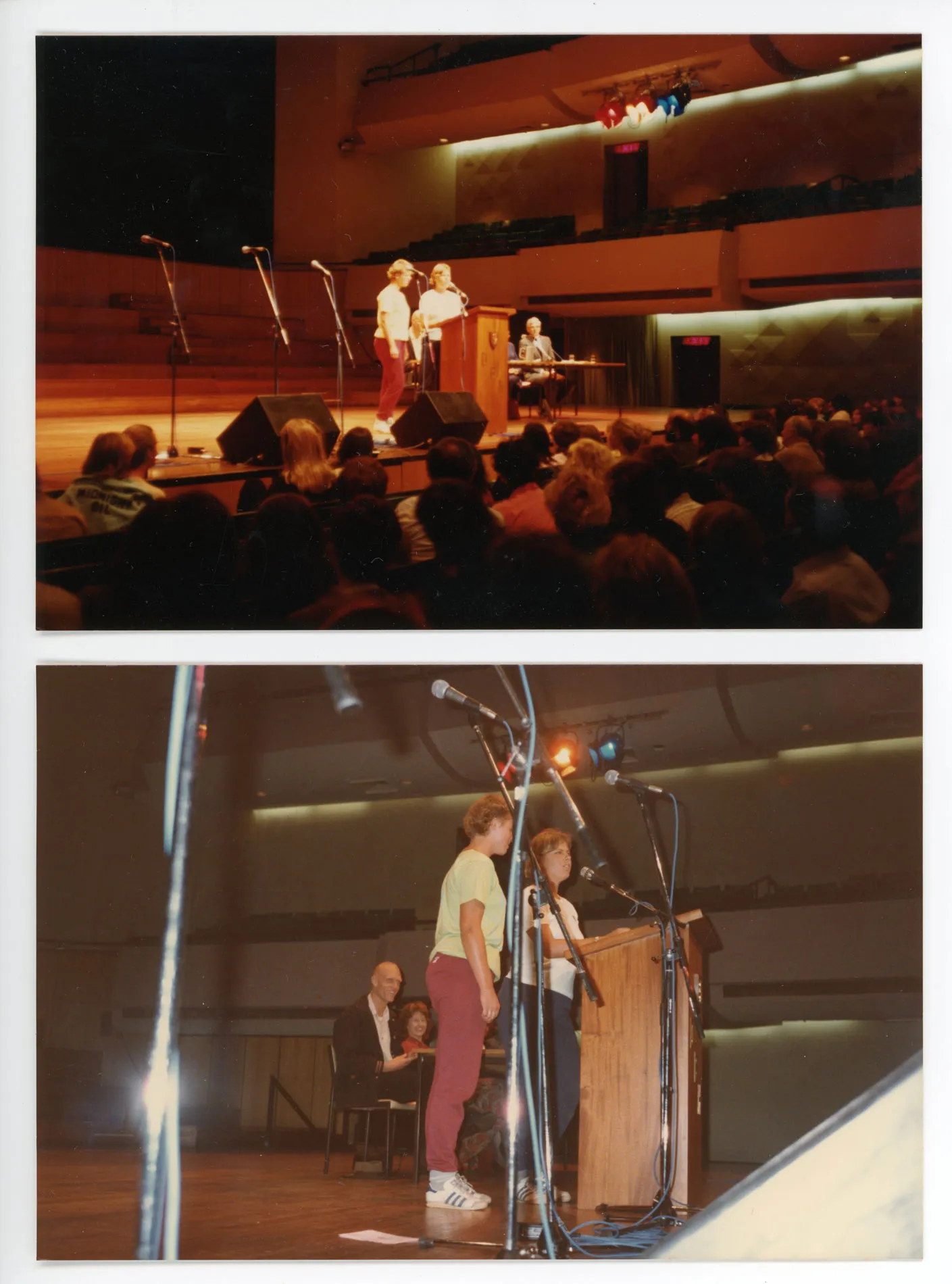
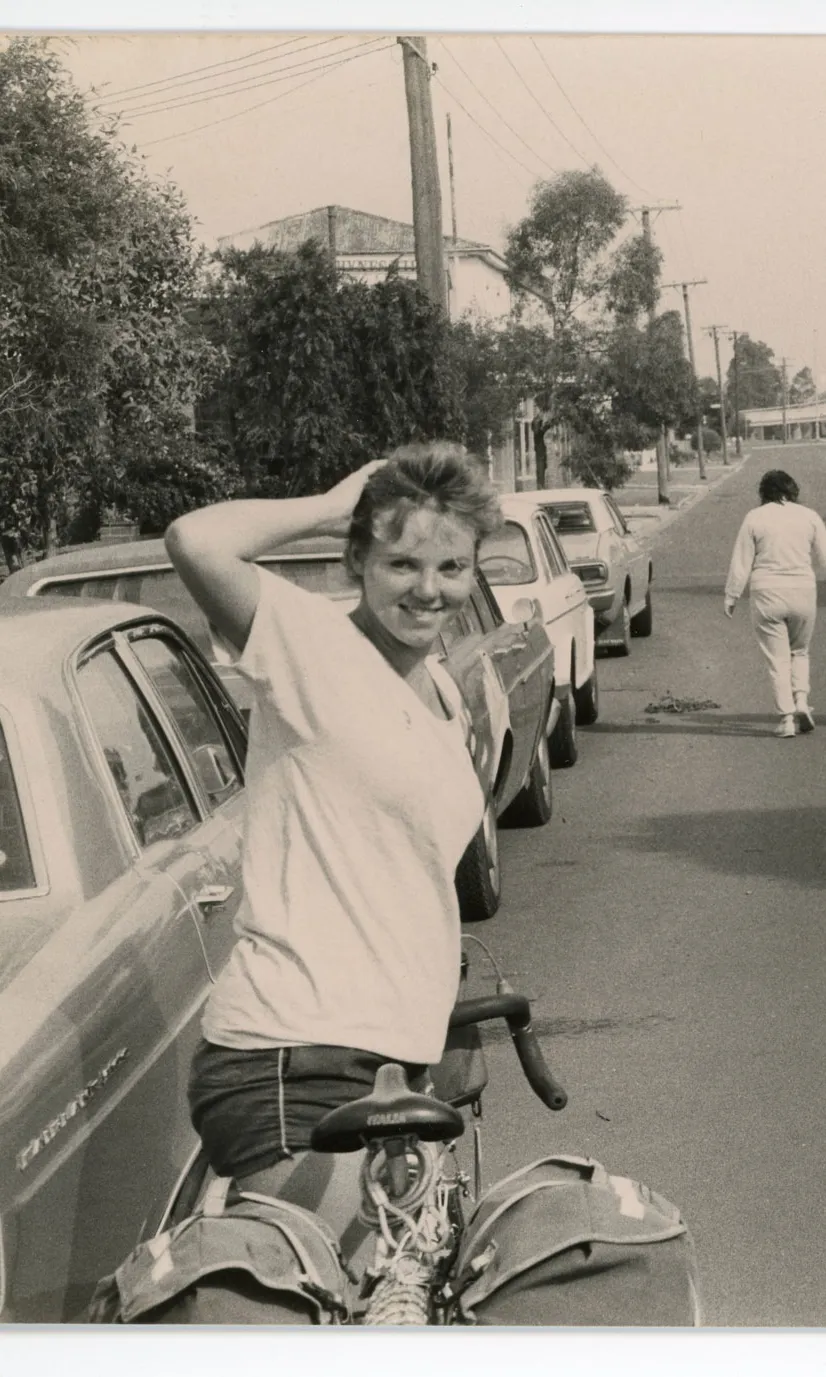

Image one: Shé Hawke and Lise Kelly at the NDP conference in Melbourne.
Image two: The Melbourne send off.
Image three: During the South Australia leg of their journey.
All photographs courtesy of Shé Hawke and Lise Kelly
The women were welcomed by peace groups across the country, receiving support and making friends. Some supporters went above and beyond, with members of the Bega Peace Group providing a support vehicle across the entire Nullarbor Plain, and a member of the Bridgetown Peace Group driving eight hours to welcome the women to Western Australia (WA).
The trip attracted media attention, with many articles published during their journey. Shé and Lise coincidentally met Defence Minister Kim Beazley in Albany. According to Shé, he suggested that marching in the streets wouldn’t achieve their goals, but the anti-nuclear activists strongly disagreed.
The women arrived in Fremantle, Perth in mid-July 1985. They had only experienced three tire punctures from Sydney to WA and carried all their own gear except when crossing the Nullarbor Plain. They were greeted by a collection of local peace supporters, who accompanied the women to Perry Lakes Stadium where a rally was held in their honour.
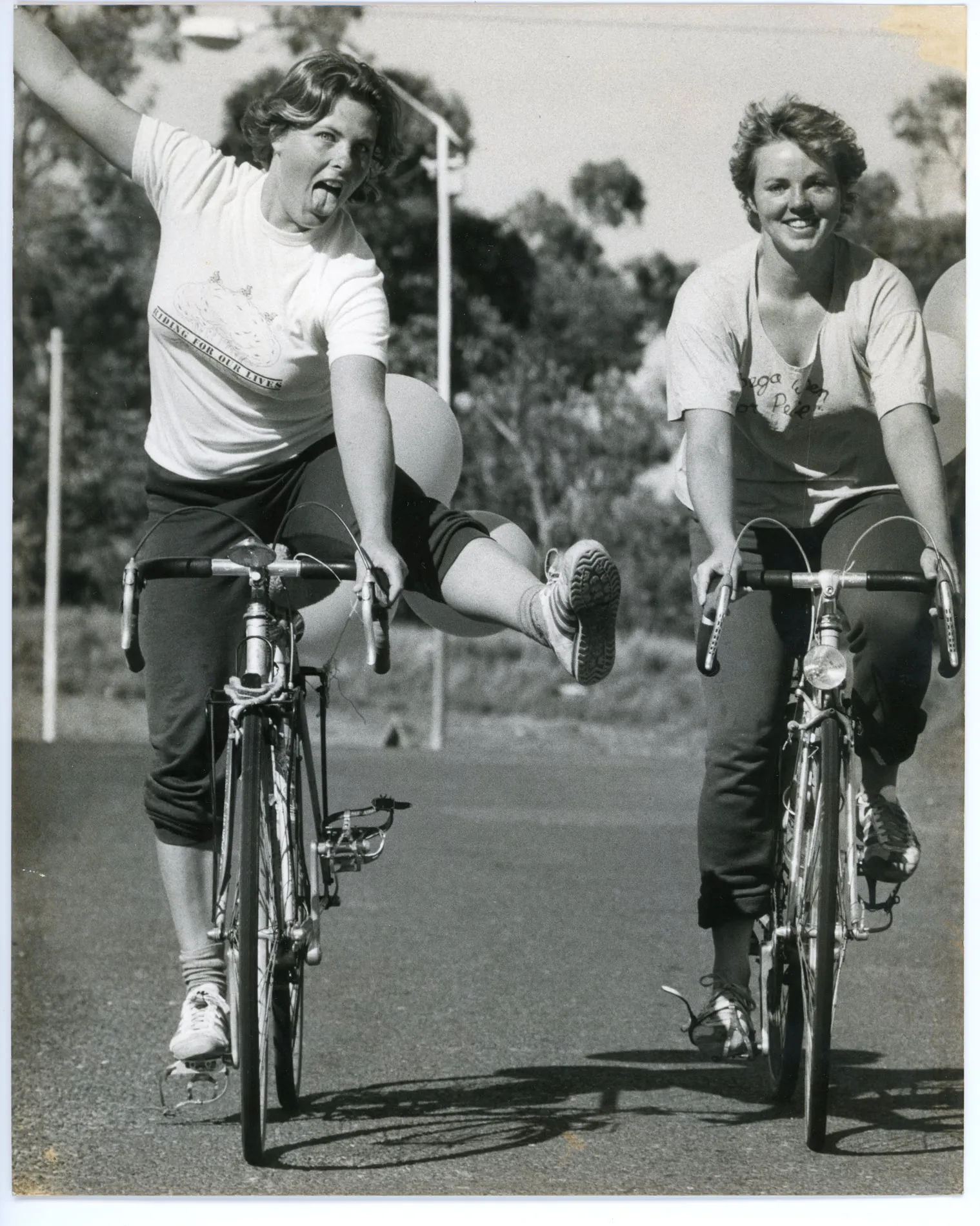
Shé Hawke and Lise Kelly arrive at Perry Lakes Stadium, Western Australia, July 1985.
Photograph courtesy of Shé Hawke and Lise Kelly
On reflection shortly after finishing the journey, Shé felt that she and Lise had made an active and worthwhile contribution to the anti-nuclear movement, drawing attention to the cause and doing something, even if finding that 'something' was part of the journey.
What was the Nuclear Disarmament Party?
The Nuclear Disarmament Party (NDP) was founded in 1984 by Michael Denborough, to represent public opposition to uranium mining and nuclear war, and Jo Vallentine was elected as a Senator for WA on the NDP ticket the same year. The NDP split at their national conference in April 1985 partly due to allegations that the Socialist Workers Party was trying to take them over, as well as disagreements over structure, accountability, and policy. In 1992, the party was voluntarily deregistered.
How common are endurance-based fundraisers?
In recent years, awareness- and fund-raising journeys for social issues have become more popular, often focusing on an impressive feat of endurance for the participants. For example, in 2013 Samuel Johnson rode a unicycle across Australia to raise money for breast cancer, in 2016 Clinton Prior walked Clinton's Walk for Justice from Perth to Canberra to protest forced closures of Indigenous communities, and in 2022 Ned Brockmann ran from Perth to Sydney to raise money for homelessness.

